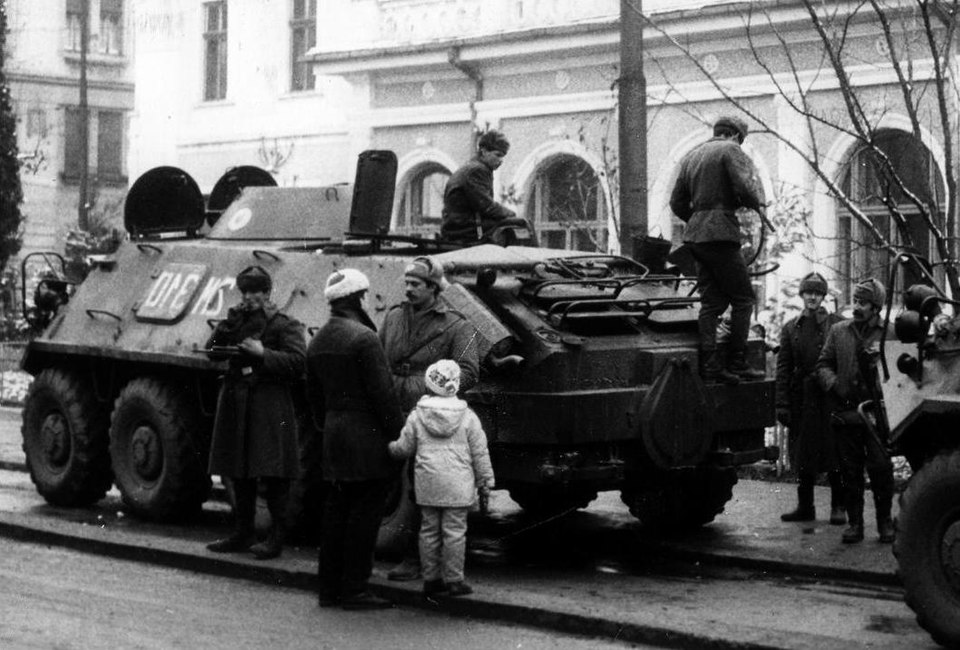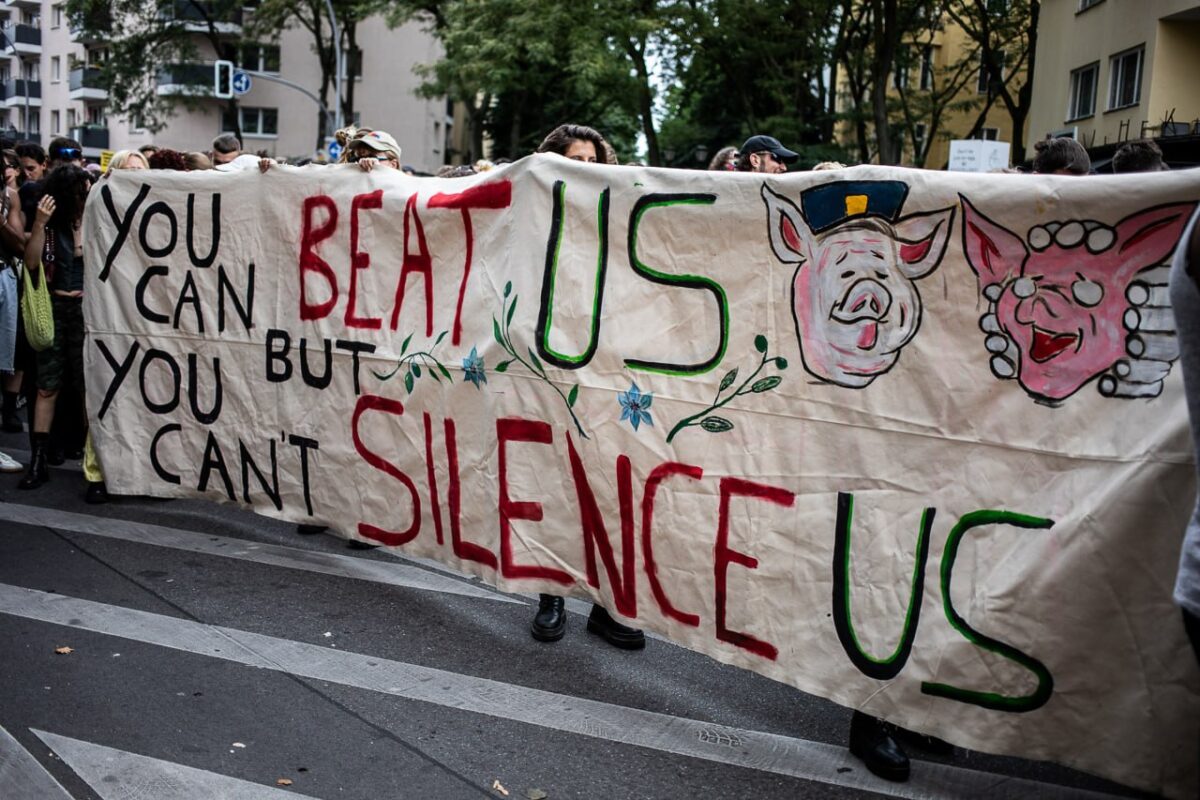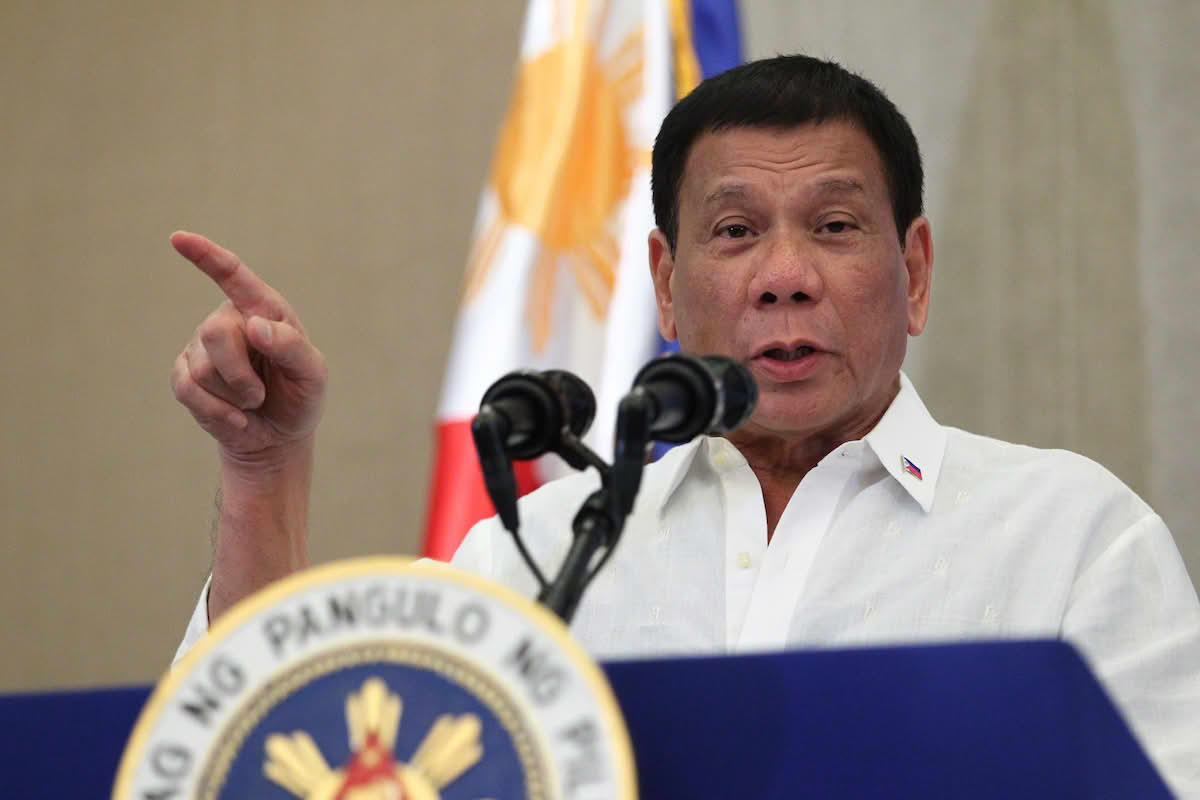A couple of weeks ago, I sat in a café in Northern California, where I live, and anxiously scrolled through headline after headline, post after post, about the deployment of the United States National Guard and Marines to the city of Los Angeles. The deployment of 2,000 California National Guard members, undertaken without the input of California Governor Gavin Newsom or any state leaders, was announced on June 7th in response to protests in Los Angeles against continued Immigration and Customs Enforcement (ICE) raids against our undocumented community members. In the days that followed, that deployment ballooned to another 2,000 National Guard members, followed by 700 United States Marines.
We are about seven or eight hours away from Los Angeles, but considering the simultaneous protests in San Francisco and Sacramento, no amount of pretend normalcy or California sunshine could cut through the tension that seemed to renew every time the espresso maker hissed. The barista in charge of the music kept playing songs specifically about California, until switching to The Beach Boys shortly after the death of Brian Wilson was announced. I have to admit that I have rarely felt the kind of public anxiety pulsing through the café that morning, despite the other moments I can point to, and have participated in, that have followed a related political trajectory. I have to admit that this makes me lucky.
The night before, Karen Bass, current mayor of Los Angeles, imposed a curfew on one square mile of downtown Los Angeles in response to the notion put forward by U.S. President Donald Trump and his administration that the protests in the city, in particular those focused on the Metropolitan Detention Center, had become violent, that Los Angeles was a festering urban hellscape of lawlessness and depravity. With the exception of those residing or working in the area, failure to disperse had the consequence of detention or arrest, mostly carried out by the Los Angeles Police Department (LAPD).
The imposition of a curfew can be viewed multiple ways—Karen Bass called it a “tipping point”, reporting that 23 businesses had been looted. Jim McDonnell, Chief of the LAPD, framed it as a matter of public safety. Governor Newsom, backed by Mayor Bass, took the position that the citizens of Los Angeles and California should not in any way validate the Trump administration’s characterization of the situation. In his address to California, Newsom took great pains to clearly demarcate the line between state enforcement of immigration and federal escalation and misuse of power, telling us directly that “criminal behavior will not be tolerated” while also calling on us to exercise our right to protest.
The protests themselves have largely been peaceful, something repeatedly emphasized in play-by-play coverage by The New York Times, by CNN, and by the Associated Press, especially as protests began spreading to other cities (I want to note as well that demonstrations have been consistently occurring on a smaller scale over the past several months). However, despite this emphasis, multiple narratives also emerged about the tone and mood of the protests. Major news outlets also skipped heartbeats to report the hundreds of arrests taking place, while Fox News termed the protests in Los Angeles “an invasion.” On social media, it quickly became a common refrain for people to warn each other to protest not with foreign flags, but with Californian or American flags—this way, protestors could not be accused of invasion, of unpatriotic behavior, or of malicious intent.
On June 14th, an estimated 5 million people participated in coordinated “No Kings” demonstrations across all 50 states. I was one of those 5 million people, one of an estimated 3,500 in my town according to local organizers, in a county that votes consistently for GOP candidates and voted for Donald Trump in the 2024 election. Aside from two trucks with Gadsden flags and one man who angrily flipped us off as we marched in serpentine coils through downtown, we encountered dozens of supportive car honks. I saw people I’d never seen at demonstrations before, and for several people I talked to, it had been their first ever protest. Parents carried babies on their shoulders. Next to me, an 11-year-old child shouted with the crowd, “Immigrants are welcome here!”. People in neon safety vests who had trained in crowd safety and de-escalation helped us safely cross streets. When a fire truck drove down Main Street, everyone cheered at it, and the man driving it waved back at us. The police did not tear gas us, as they did to protestors in Georgia—we largely seemed to ignore each other. Despite the news we had woken up to that morning regarding the assassination of Minnesota lawmaker Melissa Hortman and her husband (and the attempted assassination of Minnesota State Senator John Hoffman and his wife), there was a sense of relief and jubilation in the crowd: We were here together. Our community, like so many others, has absorbed and survived multiple historic and deadly wildfires—but on this day, we were here together.
Later that night, I absorbed the reporting emerging from other states: Some clashes between law enforcement and protestors had occurred in Los Angeles, in Portland, and in some smaller cities. Some protests had been targeted, with an attack in Utah resulting in the death of a Samoan-American fashion designer. Despite these events, however, the protests remained largely peaceful.
So if these protests have been mostly peaceful, then why are governors in other, largely conservative-led states, following Trump’s lead and deploying the National Guard? The imbalance of both agency and media response to these protests may result in a worrying trend regarding how protests are dealt with, despite the nonviolent and self-censoring actions of these demonstrations. For all of Chief McDonnell’s talk of the LAPD supporting Angelenos (an endearing nickname for residents of Los Angeles), we can see them on horseback, trampling protestors and striking them with batons. For all of Governor Newsom’s supportive rhetoric, he has simultaneously reinforced that the State of California can and will use force against its citizens all by itself.
The line between peaceful protest and unlawful assembly is continually moved, as exemplified by the curfew itself, and by the mixed messages people are given: We can and should protest, but only if we do it a certain way so as not to upset anyone. It doesn’t matter if ICE raids take place at schools, or in Home Depot parking lots, or at farms, and disrupt our public life—if we dare to be too angry about it, we are painted as lawless by both our enemies and the people who are supposed to stand up for us and our neighbors. I fear the lack of acknowledgement of the power differentials at work here. I also fear the implications of the logic at play here: that it is okay to use force against civilians, regardless of their status, if the LAPD, if the San Francisco Police Department, if the DeKalb County Sheriff’s Office, says it is okay, because the alternative—the National Guard and the Marines—is objectively worse.
As of the evening of June 17th, 2025, the curfew imposed on downtown Los Angeles has been lifted. There are no curfews taking place in other California cities. The mainstream news cycle has shifted its too fearful and too savvy eye towards the escalating conflict between Iran, Israel, and the United States. Too infrequently, a headline about Gaza blooms red beneath the headline banner, another ticker line about targeted aid workers and starving or murdered civilians whose names would take an entire small-town plaza to vigil, whose names could stretch around city blocks for an uncomfortable distance.
But ICE has been given renewed directives to expand their raids in California and across the United States, contradicting previous declarations from the Trump administration that raids would cease at farms, restaurants, and hotels. US Citizens and elected officials alike have been arrested, detained, and disrespected for attempting to speak out and exercise the right to protest. Local police departments are assisting ICE, even if Chief McDonnell claims that LAPD is not one of them. If these agencies are working cooperatively together, despite narratives that place them at odds with one another based on city, state, or federal jurisdiction lines, I find myself focused on how they are still working together against the rest of us, and primarily against those among us who are undocumented, who may have applied for asylum several years ago but are still held up in the endless bureaucratic queue of lawful citizenship.
About a week before the deployment of the National Guard to Los Angeles, I got a sudden urge to re-read some of the works of the seminal California writer Joan Didion. On a camping trip in the Sierra Nevada, I breezed through The White Album and Slouching Toward Bethlehem, reflecting on words the critic Hilton Als spoke in a 2017 documentary about Didion: “You couldn’t write a cohesive narrative about the times, because the times weren’t cohesive.” I’d been feeling anxious already, even prior to the escalation which I worry has become normal; Didion’s work gave some conviction to my sense that we were sliding into a historical kind of disorder over the past decade or two in particular, that this was not an abnormal thing to be feeling. I had no idea that a week later I would be buzzing with an even more intense feeling that this was indeed the case.
I’ve found myself holding onto the phrase she borrows from the W.B. Yeats poem, “The Second Coming”: “Things fall apart; the center cannot hold”. In Slouching Towards Bethlehem, this becomes, “The center was not holding”, with Didion’s verb change linguistically implying a fundamental and irreparably-in-progress fragmentation of order. Perhaps now, the center cannot hold even if it wanted to, even if we tried to make it hold; we can no longer afford to ignore what is happening to our public life, our neighbors, our friends and loved ones. What counts for normal, for order, when our communities are being attacked, and our governor platforms right-wing conservatives with one breath while calling on us to protest with the other?
Didion, a New School journalist and writer who was characterized in an obituary as someone who drifted from the Republican Party in her youth towards the Democratic Party “without ever quite endorsing their core beliefs”, was said to have a fear of disorder, that manifested as metaphors involving snakes in her work. After having spent five years in Northern California, living through wildfire, I can understand this fear, and I believe that she partially tempers it with her writing about water, in which she recognizes that control over such a valuable resource in such a volatile climate is often a futile and self-destructive endeavor. As I sat in the café reading the news with The Beach Boys’ “Good Vibrations” surfing over me, as I protested with my community members, and as I continue to watch these senseless raids, I have come to think that maybe we, the people out on the street, are the water, looking out for the cops and the snakes on Gadsden flags in the corner of our eye, worried for the ways in which our own so-called protectors will try to dam us up next.




